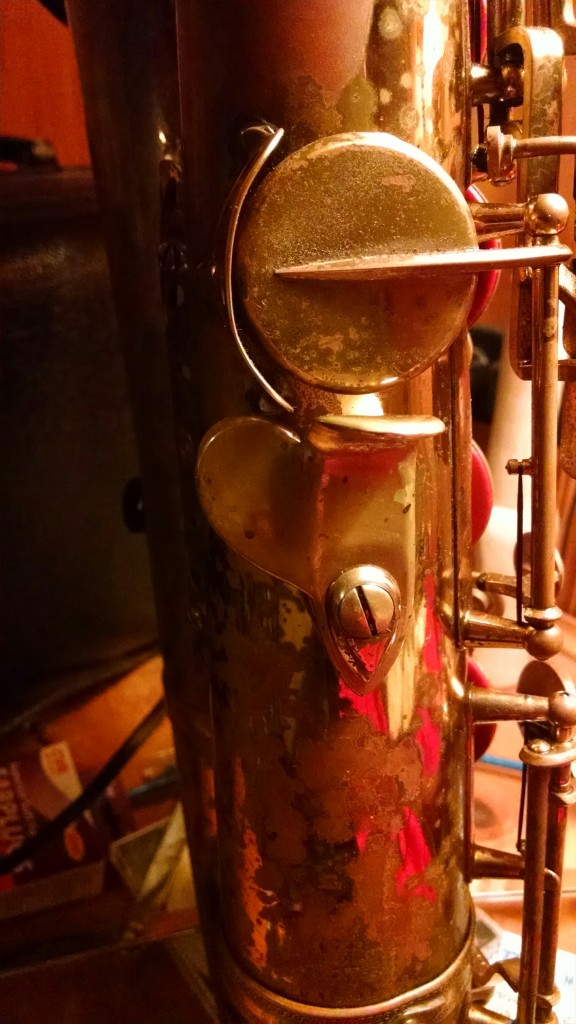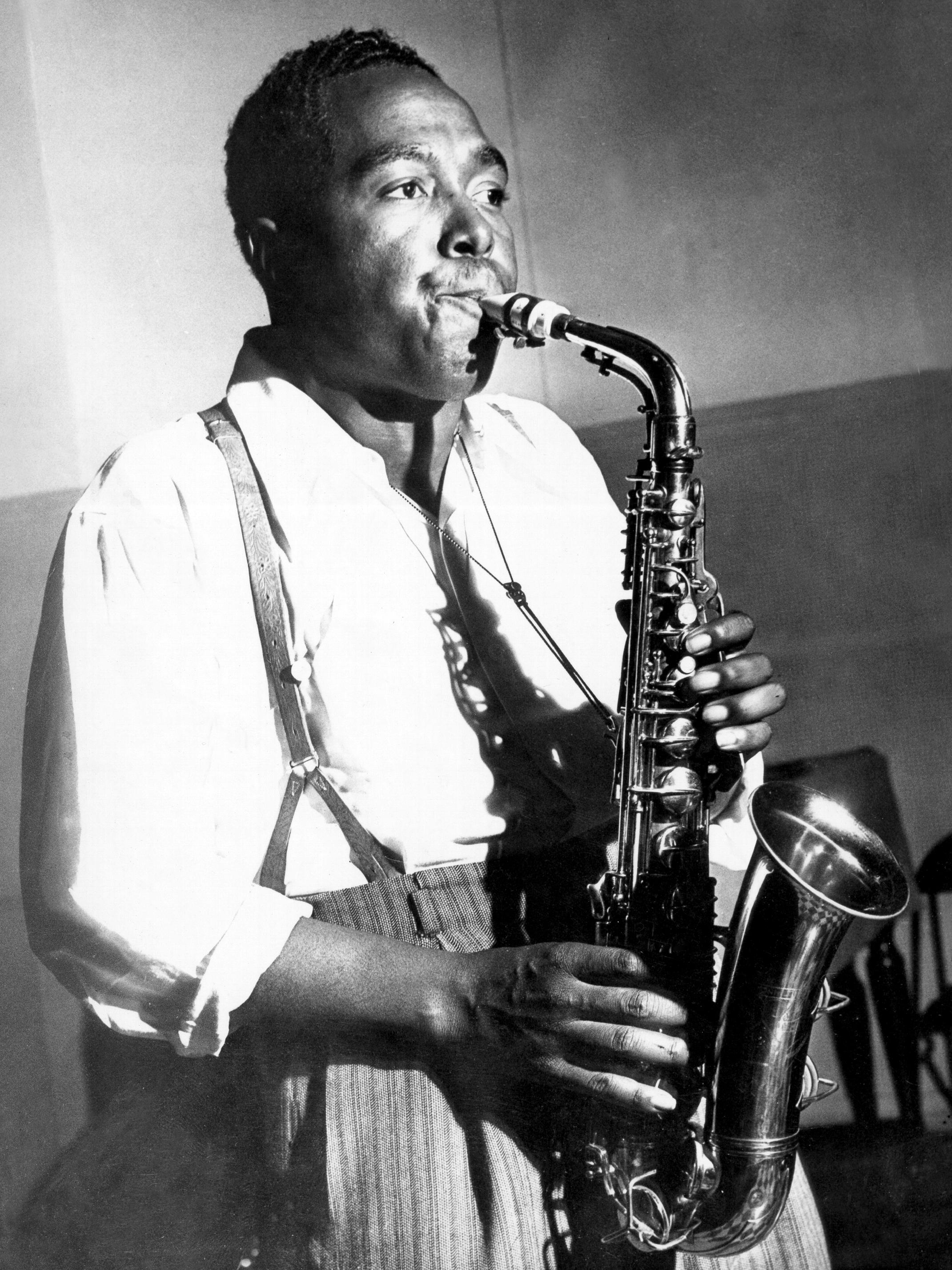When you play Saxophone, your whole body plays music.

Hearing, visual, and temporal. You feel the vibrations on your skin and the contact of the instrument. You taste the reed and the metal of the mouthpiece. You even smell the cork grease.
Touch.

Playing Sax is a tactile experience. Your Fingers stay in contact with the keys. You do not depend on your eyes to see where to place your fingers. Emilio replaced the thumb rest on my Tenor with a brass one, and it feels better, and transmits the vibrations better. Playing Saxophone is a very oral; probably why I gave up sucking my thumb. It’s physical, holding up the horn, and the strap often cuts in to your neck; making this more comfortable with better,wider, softer straps has been very pleasant.
Breath.

Of all the things that Saxophone demands, perhaps it is air that is the most personal. It is like swimming under water, and trying to reach the far side of the pool. Wind instruments demand a degree of development of your diaphragm only achievable by good cardiovascular workouts.
Time

Sound is timing. The biggest difference between music and most visual arts is the timing aspect. You have to make sure you hit at the right time, and that is more like athletics than painting or carving. Jazz takes the mental aspect of playing far beyond any other activity I’ve done, with the possible exception of software development, and even there it is debatable. While I’ve had to meet the occasional deadline, there is not a fine grained time aspect to coding. You need to do all of the slow thinking in the practice room, and then fast, reactive thinking while playing. But you are processing the chords, and figuring out…not what series of notes, but rather what patters of scales, which notes to add in and take out as your fingers move, based on the chords played by the rhythm section.
Speed.

Saxophone is a fairly static instrument with hand movement; unlike the piano, you don’t need to reach for notes. Or the string instruments for that matter. While you might rotate your hands to reach the keys, the movements are small and efficient. Its why Charlie Parker was able to play those rapid streams of notes; there is very little to slow you down.
People

The Saxophone is designed to produce a single note at a time. Unlike a guitar or a piano, it is not a simple task to sing a song and accompany yourself on the saxophone. Instead, a Saxophone plays best in conjunction with other musicians. A Saxophonist may spend long hours in the practice room working solo, but performance calls for an ensemble. I particularly love playing off another saxophone. The intervals and chords formed by multiple Saxophones provide a rich of experience.

These are some of my favorite aspects of playing saxophone. There are others. Some of these things apply to other instruments and activities as well. But Saxophone holds a special place in my heart…and in my hands and my ears.
